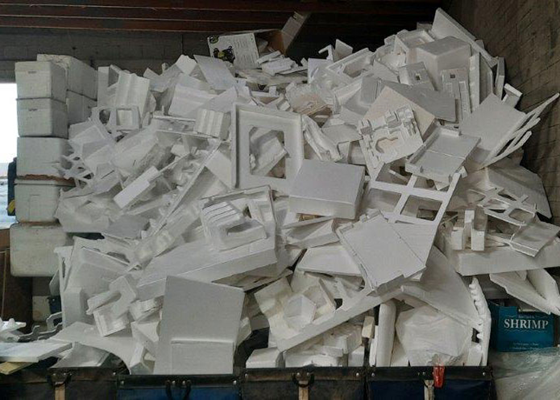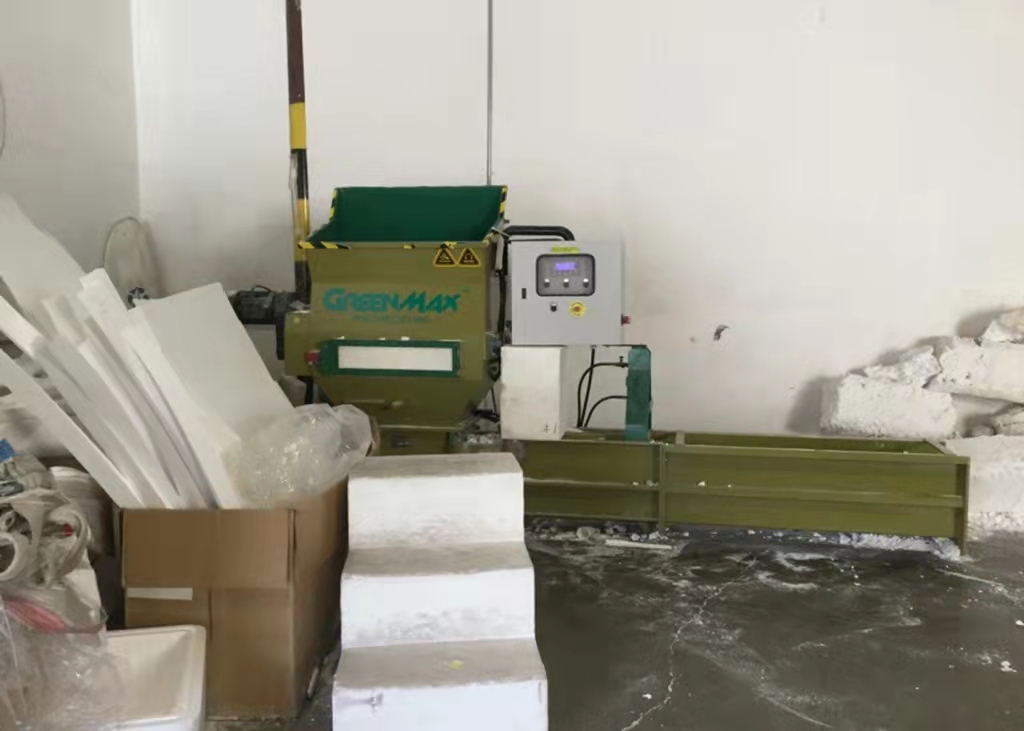Ineos Styrolution America’s sustainability commercial supervisor, Cassie Bradley, shares the advantages of PS as well as its future in the circular economy.
Worth $31.6 billion in 2021, the Global Polystyrene Market is forecasted to reach $44.8 billion by the year 2028, expanding at a CAGR of 5.2% over the analysis duration of 2022-2028, according to a market study from BlueWeave Consulting.
That’s a great deal of PS consisting of high-impact polystyrene (HIPS) and expanded PS (EPS).
Although PS containers and also packaging are recyclable, reusing prices are not where they ought to be. According to the EPA’s Progressing Lasting Products Monitoring: 2018 Tables as well as Numbers (Table 8, pages 10 and also 11), 3.6% of PS containers and also packaging are recycled. That number drops to 0.9% when all metropolitan strong waste is considered.
What can be done to press that percentage up?
That’s where Ineos Styrolution enters the picture. Cassie Bradley, INEOS Styrolution America’s sustainability business manager, explains the firm’s strive toward a positive future for PS in the circular economic climate.
The Germany-based business is just one of the world’s top two vendors of styrenics, a forerunner to PS. The global business operates 20 production sites in 10 nations. Markets include automobiles, electronic devices, family, building and construction, health care, as well as packaging.
The moms and dad firm, Ineos, is devoted to accomplishing 5 ambitious sustainability targets for 2025 that include making use of an average of 30% of recycled web content in items destined for PS packaging in Europe and also ensuring that 100% of its polymer products can be recycled.
To make that take place Ineos is investing in PS depolymerization plants, teaming up on various other sophisticated reusing schemes, and incorporating sustainable feedstock in its items.
Keeping that in mind, Cassie Bradley, sustainability industrial manager, Ineos Styrolution, clarifies why PS is a practical food packaging option in today’s environment in this special Q&An interview.
PS has actually drawn undesirable attention as a target in the anti-plastics movement consisting of straight-out restrictions in some places. Why is that?
Bradley: Single-use food packaging is an increasingly heated up subject, with much of the info reaching the public fixated on the undeserved vilification of PS materials(http://www.recycledgpps.com/). Without precise truths, remedies are being proposed to carry out PS restrictions which prefer unrealistic, one-size-fits-all strategies as well as advertise the use of inefficient options that typically have a bigger environmental footprint than polystyrene.
The practical remedy? Use technology to develop progress within our country’s outdated recycling framework and also utilize reusing technologies to keep polystyrene in a round economic climate, to ensure that our contemporary culture can continue gaining from this useful product while involving the public in the appropriate plastic garbage disposal.
Why does PS remain an excellent option for food packaging in 2022?
Bradley: Polystyrene’s lightweight residential properties make it possible for the product to supply the most effective insulation as well as preservation for food as well as beverage usages, assisting in battle one more essential concern: food waste.
Its stamina as well as barrier residential or commercial properties permit PS to be utilized in a solitary layer for food packaging, needing less material in general while removing the requirement for multiple mixed product layers– which avoids specific items from being adequately divided during the reusing process.
PS is a sustainable, risk-free, and also sanitary material that’s created for recycling. In fact, its very nature allows it to be damaged back down right into the original monomer again throughout the advanced recycling process. This procedure makes it possible for the material to be recycled numerous times in excellent, food-grade applications– a key differentiator.
You might ask, “however what regarding alternate products?” These often have a restricted lifecycle and, in many cases, leave an also worse ecological footprint. Not to mention they can come with a large price tag that increases prices for companies and also, because of this, consumers.
Why are you optimistic regarding the recycling PS?
Bradley: Researchers and also engineers have been utilizing PS for more than 90 years to help contemporary innovations across sectors, including producing lasting products for food packaging. It is just one of the most conveniently recyclable plastics– it can be recycled using both mechanical and also innovative recycling modern technologies and it stays essential to outlining an attainable course to the circular economy for plastics thanks to its numerous inherently lasting residential or commercial properties.
The food market relies on secure, sterile materials to make sure food is safe for customers as well as customers, which is why innovative recycling remedies hold such high potential for this market. For instance, by using innovative reusing technology, post-consumer PS waste can be repurposed again and again with the very same high pureness, and efficiency of virgin material.
It’s a truly round remedy!
What’s required to enhance PS circularity?
Bradley: Polystyrene’s lightweight residential or commercial properties enable the material to provide the very best insulation as well as conservation for food as well as beverage usage, aiding to deal with an additional crucial concern: food waste.
Its stamina and obstacle properties allow PS to be made use of in a solitary layer for food packaging, needing less product in general while removing the need for multiple blended material layers– which prevents specific items from being appropriately separated throughout the recycling process.
PS is a sustainable, safe, as well as hygienic product that’s developed for reusing. Actually, its actual nature enables it to be damaged back down right into the original monomer again throughout the advanced recycling procedure. This process allows the product to be reused various times in pristine, food-grade applications– a crucial differentiator.
You might ask, “yet what about alternative products?” These typically have a restricted lifecycle and also, most of the time, leave an also worse environmental footprint. Not to mention they can come with a hefty price tag that drives up prices for companies and also, therefore, consumers.
Why are you confident regarding the recycling PS?
Bradley: Researchers and engineers have actually been making use of PS for more than 90 years to aid modern innovations across industries, including producing sustainable products for food packaging. It is just one of the most quickly recyclable plastics— it can be recycled utilizing both mechanical as well as innovative recycling technologies and it stays essential to laying out an attainable path to the round economic climate for plastics thanks to its lots of inherently sustainable properties.
The food industry depends on safe, clean, and sterile materials to make sure food is secure for clients and also customers, which is why innovative reusing services hold such high capacity for this sector. For instance, by making use of advanced recycling technology, post-consumer PS waste can be repurposed again and again with the same high purity, and performance as virgin products.
It’s an absolutely round solution!
What’s needed to raise PS circularity?
Bradley: Food packaging needs to satisfy practical requirements and leave a marginal influence on the environment. Modern product developments have allowed for more sustainable food-grade packaging utilizing PS with no modification to the high-performing homes special to styrenics.
Continued partnership between market, services, waste sorters, recyclers, and innovation service providers, is vital for making certain business leaders and customers have a much better understanding of the benefits of PS within a circular economy as well as the value of the investment in modern-day recycling framework and recycled material.


